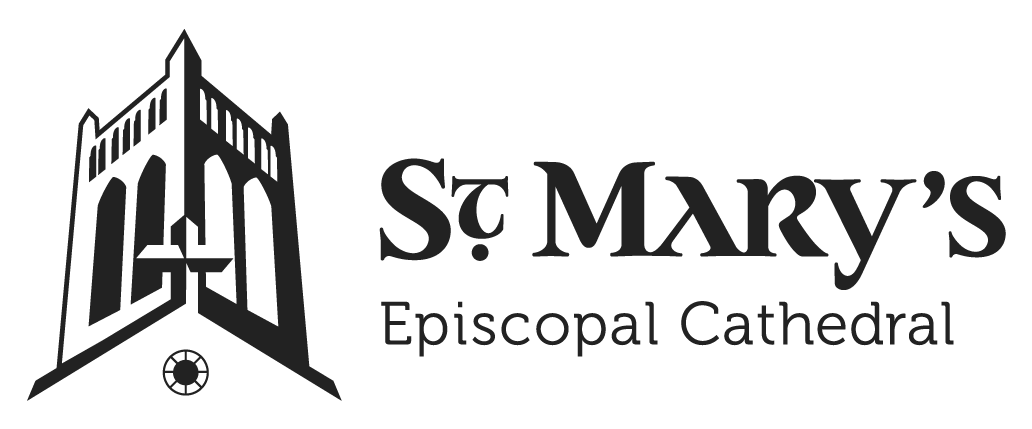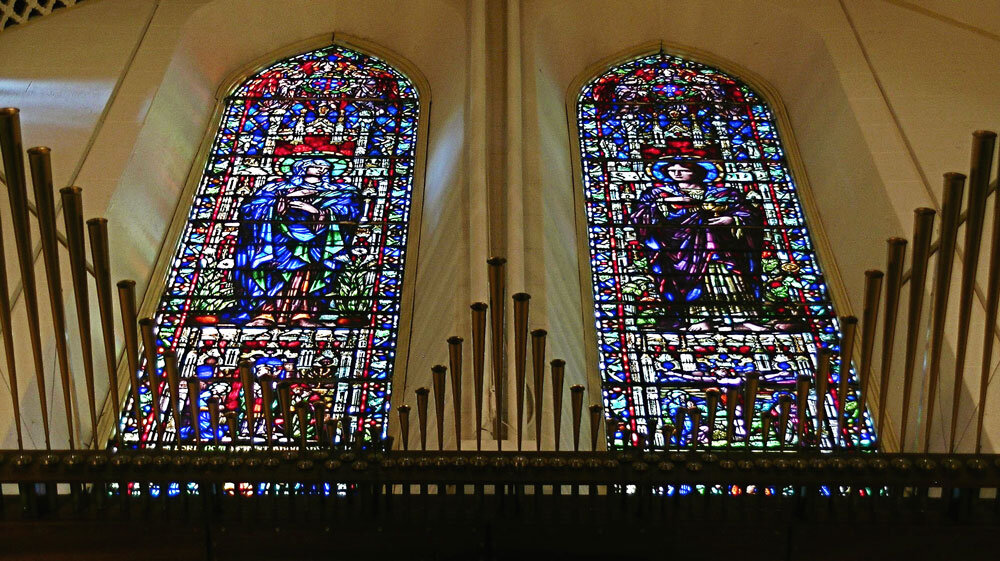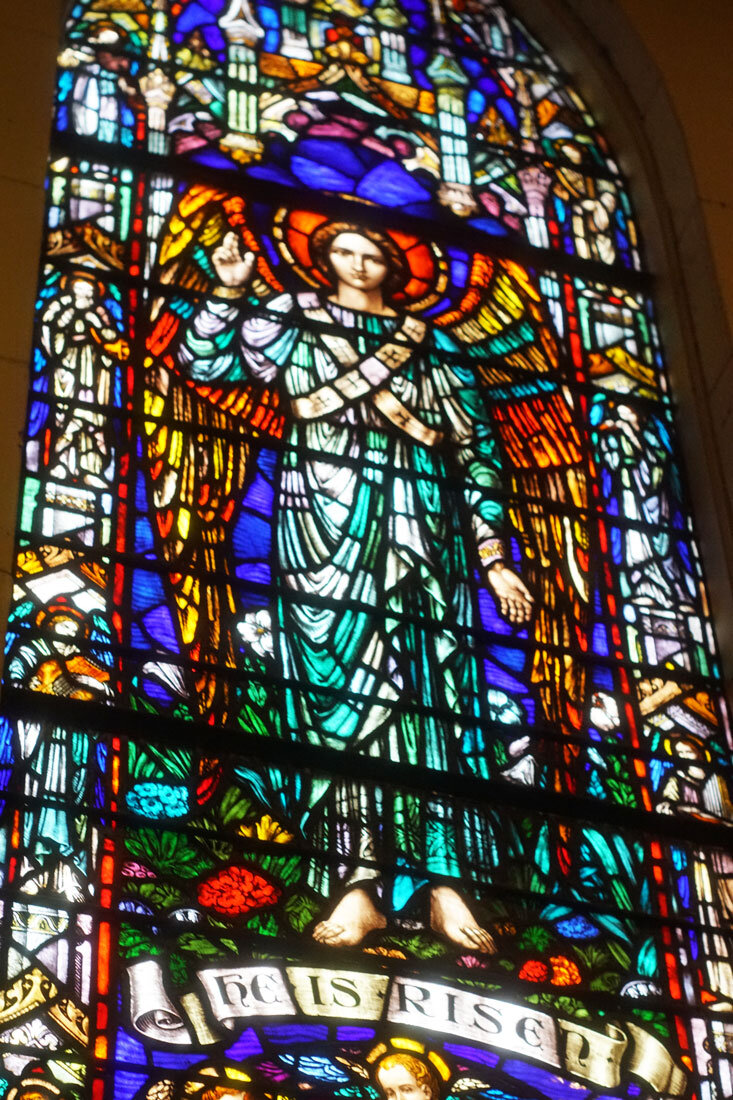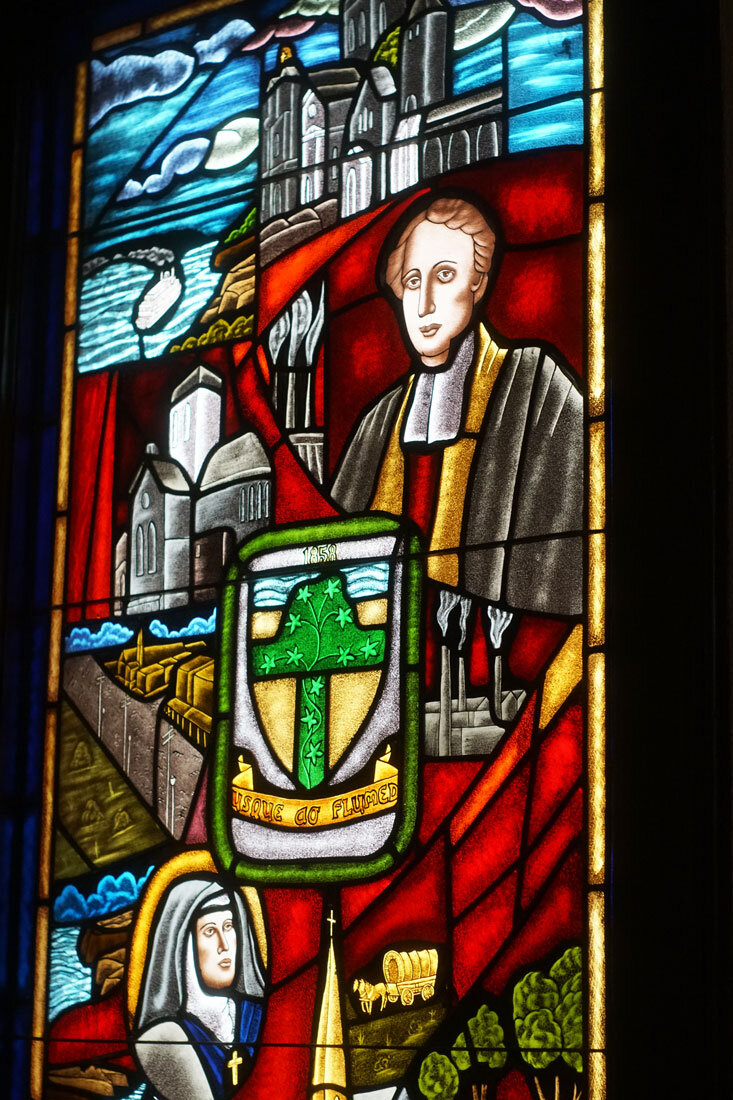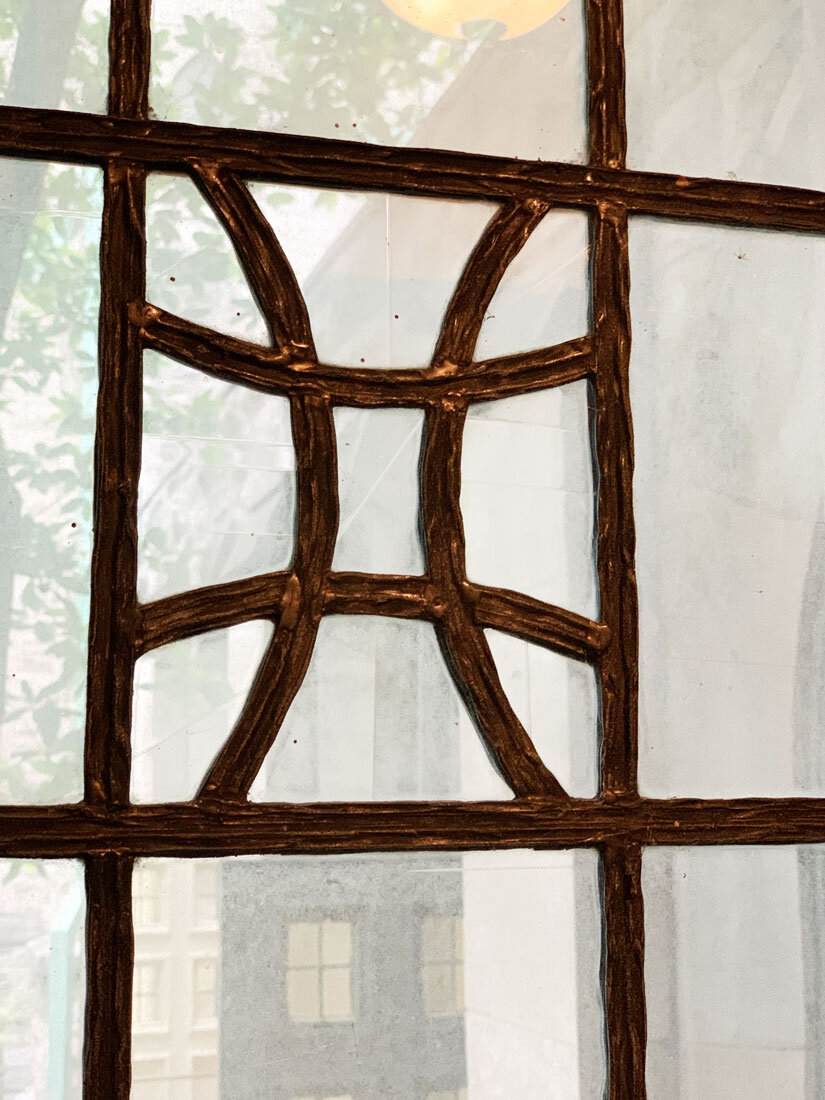
About St. Mary’s
In 1926 when the Cathedral was completed, it was the desire of Bishop Gailor to make the Cathedral a “house of prayer for all people.”
We take that legacy seriously.
Our church is an inclusive, vibrant space and we invite all to come as you fully are. You can expect to be received with love, as Christ loved us. We believe that our diversity is our strength, which is why all will find a seat at our table and any friend will be welcomed with joy. Every person can serve and be served in our house—a house of prayer for ALL people. God loves everyone without exception or reservation. We encourage you to open yourself to be blessed by beauty, community, Holy Scripture and Christ's sacraments. So come be celebrated, not just tolerated. We hope you feel right at home.
We are the Cathedral for the Diocese of West Tennessee, located downtown Memphis between St. Jude Children's Hospital and Le Bonheur Children's Hospital right off I-240. Click here for a map.
The Cathedral
The Structure
The Cathedral was constructed in several different phases, with the work completing in 1925, and being dedicated to Bishop Thomas Frank Gailor in 1926 who was the moving force behind it being built. It is constructed in the shape of a latin cross, from a modified 13th century English Gothic design and built of white Sewanee stone. The interior has three main divisions: the nave, the chancel, and the sanctuary.

The Stained Glass
The stained glass at St. Mary’s is one of our most wonderful and cherished treasures. Designed and executed by one artist, all of our windows were the work of Len Howard, one of the great masters of the artform. The seven tall lancet windows above the altar depict the Ascendant Christ in the center with the apostles on either side. Two great windows over the front doors depict the Virgin Mary and St. John the Divine. Many of our windows were commissioned in memorial or honor of a loved one, and you may often observe an inscription noting their birth and death. Several stained glass windows reside in the Crypt as well and are illuminated by electrical backlight. Mr. Howard labored on the stained glass in the Cathedral from 1925 to the final commission of the Clerestory Windows in 1955.
The Pipe Organ
The organ has an incredible story all its own! A Schantz organ, it was installed in 1956 and is considered one of the finest in the South. Housed in an oak case carved in the style of chancel furniture, our pipe organ was one of the first of its kind in the area. It consists of 6 divisions (or groupings) of pipes, 50 ranks, and over 3,000 pipes, including some from the earlier Kilgen organ, which was installed in 1927. The troumpette-en-chamade (or state trumpets) were installed above the entrance doors in 1975. The pipes are powered by a 4.5 horsepower blower installed in the Crypt. Over time, several incredible musicians have graced its keys, and it has played hundreds of services and concerts.

The Sisters Chapel
The Chapel is the oldest building on campus and was constructed in 1887 by Col. Robert Snowden (brother of Sister Hughetta) in honor of their mother, Mrs. John Snowden. It was designed to be for use by the students of St. Mary’s. It was completely renovated in 1941 to its current glory by the Brinkley and Treadwell families in honor of Annie Overton Snowden Treadwell and is considered “a perfect example of Victorian Architecture” by architectural scholars.
The High Altar dedicated to Constance and Her Companions
The High Altar was installed in the old Cathedral in 1878 and then reinstalled in 1905 in the new Cathedral. Made of caen stone and Tennessee marble, it is a memorial to the Sisters of St. Mary who gave their lives in service to others during the Yellow Fever epidemic of 1878. The Sisters’ names are carved into the steps, making it one of the only High Altars dedicated to women of a religious order. The words “Alleluia Osanna,” carved in the riser on either side of the tabernacle, were Sister Constance ‘s last words before she perished. Sister Hughetta, the only Sister to survive the Yellow Fever, was added to the altar upon her death in 1926.
Etched on the gold tabernacle door is the lily insignia of the Sisterhood of St. Mary. Above the altar are reredos, carved in Italy of Botticino marble, of the Virgin Mary and St. John. These were installed in 1931 in memory of Sister Hughetta.
St. Mary’s Prayer
O God!
We give thanks that You continue to pour out Your bountiful blessings upon St. Mary's Cathedral.
Help us to open our hearts and our doors to all You send our way; make us a house of prayer for all people.
Help us to reach outside ourselves, serving and leading our community toward the Kingdom of God.
Help us to love and nurture one another as we seek spiritual transformation toward the image of Christ the servant.
Help us to teach our children of Your love and grace that they may grow into the full stature of Christ.
Bless and sanctify our worship of You.
And finally, may all that we say and do be in Your name and to Your glory. Amen.
